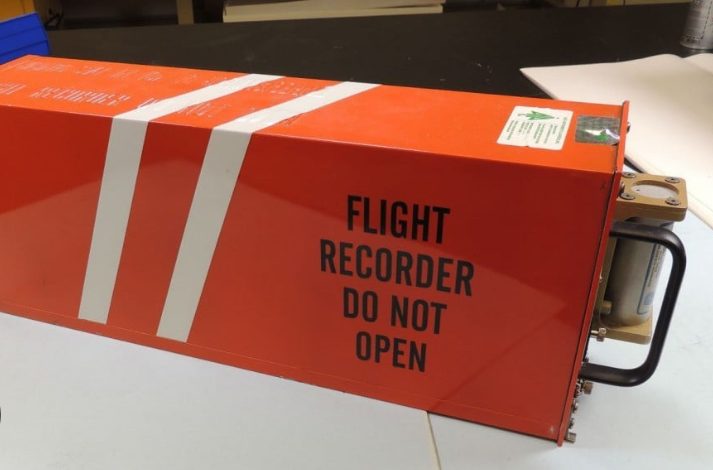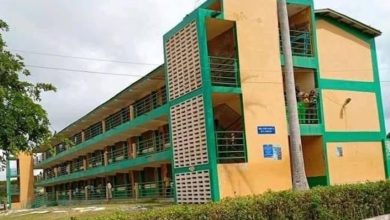
After the devastating helicopter crash that resulted in the tragic death of eight individuals, including two cabinet ministers, a major issue that came up for public discussion was the flight recorder system, popularly known as the black box.
In the wake of the tragedy that has thrown the entire nation into a state of mourning, finding the black box was essential as it would give a clue as to whether the crash was a result of a mechanical fault, weather conditions or an error from the crew onboard the helicopter.
According to information gathered by the Daily Graphic, a team of investigators from the Ghana Armed Forces (GAF) continued their work at the scene of the incident yesterday to conduct further investigations into the tragic crash.
In the course of their search as part of their investigations, they found the black box.
The black box records all flight information with a specific algorithm, making the recorded flight data accessible to authorities when needed.
Contrary to popular belief, the black box is mostly a bright orange box and not black. The box is resistant to the most extreme situations, including blazing fires and is one of the special tools of the aviation research industry with voice recording features.
It helps to clarify the reasons for accidents and to find ways to prevent them.
The first use of the device dates back to 1947. After 1958, it was mandatory to have it on board, according to the rules set by the Civil Aeronautics Board.
Passenger planes’ black boxes are able to send signals under the sea for 90 days.
Weighing an average of five kilos, the black box activates as soon as it interacts with a pool of water and starts sending signals to make it easier to be located.
The pilots’ conversations are recorded in the black box so that investigators can listen to the pilots’ last conversations. However, this does not apply to every black box. Some black boxes only record data about the plane, while others do both jobs.
The black box is designed to be the least affected by an impact, and this is why it is located at the tail end of the plane.
It is designed to be as strong as granite. Even at a temperature of 1,100 degrees Celsius, the structural integrity can remain intact for a certain period.






















